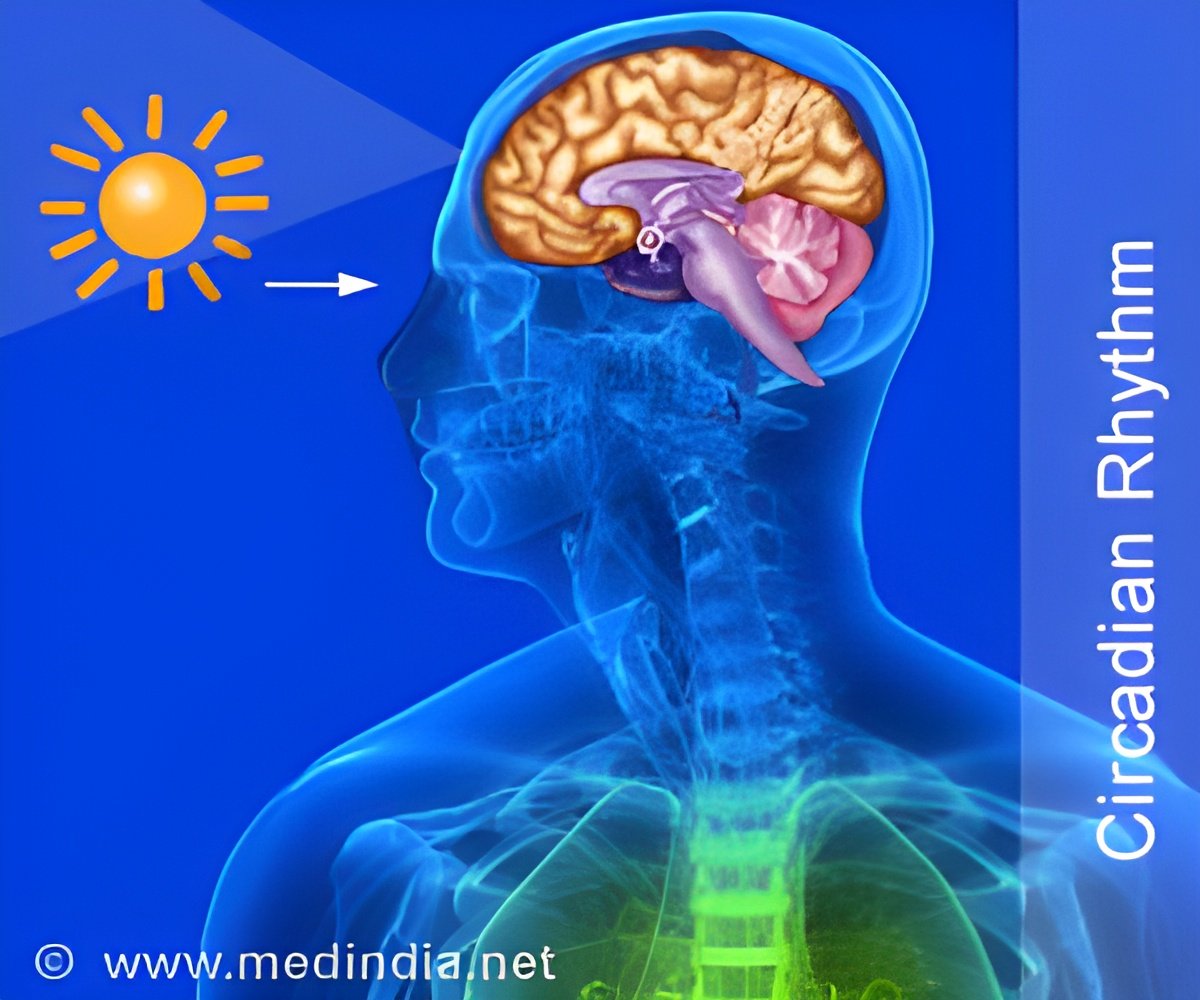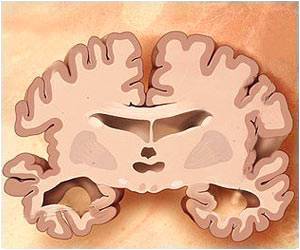
‘Excessive and untimely exposure to artificial light disturbs the body’s natural circadian rhythm and creates a host of health problems. The environmental light-dark cycle is important for health.’
Tweet it Now
In humans too, excessive exposure to artificial light disturbs the natural sleep patterns. Not to mention people in nursing homes and hospitals who often sleep with some lighting on, which they can't control and shift workers, who may find it hard to block out the day's light when they rest. Other people just sleep with the glow of their computer going at all times. This in turn leads to health problems ranging from mood disorders to diabetes. Sleep-deprived people may gain weight because their brains respond differently to high-calorie food and are at a risk of heart disease. People with disrupted rest due to sleep apnea show poor bone health. The medical group pointed out that brighter residential night time lighting is linked with reduced sleep, low sleep quality, sleepiness, impaired daytime functioning and obesity. “Our study shows that the environmental light-dark cycle is important for health,” says neuroscientist Johanna Meijer from Leiden University Medical Centre in the Netherlands. She added “We showed that the absence of environmental rhythms leads to severe disruption of a wide variety of health parameters.” These included inflammatory response by immune system, muscle loss and osteoporosis. The premature aging and frailty in the mice can be traced to the light’s harmful effect on their brains’ circadian clock, according to the researchers.
The Study published in journal Current Biology also said that the effects were reversible. After the mice were returned to a standard light and dark cycle for two weeks, their SCN neurons got back in normal rhythm, and their health problems improved.
It means that people experiencing prolonged light exposure – such as patients in intensive care or premature babies in neonatal units – can be helped by introducing periods of darkness. This could need extra measures like eye masks as even with eyes closed, light can pass through their eyelids and confuse their internal clock. The implications of this kind of research could mean that we need to monitor or regulate the way we use electric lighting and devices that provide artificial illumination as much as we keep an eye on other activities and substances that we think are detrimental to our health.
Source-Medindia










